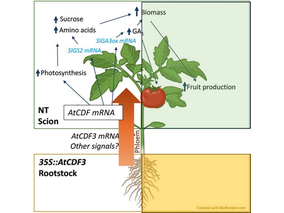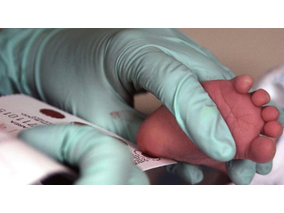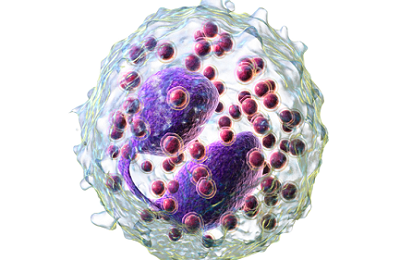The group of paleoneurobiology of the CENIEH, coordinated by Emiliano Bruner, has published a comprehensive review article on those craniovascular traits that can be detected in the skull, with implications in paleontology and bioarchaeology.
The paper, whose first author is Hana Píšová from the Univerzita Karlova of Prague, takes into considerations all those blood vessels (arteries and veins) that leave imprints on the internal surface of the cranial cavity and of the bones of the braincase, and that can be analyzed in fossils, historical populations, or forensic cases.
Vascular networks that run on the surface of the brain (arteries and venous sinuses of the meninges), develop the thickness of the cranial bones (diploic vessels) or that connect cranial cavity with external surface (emissary veins) leave their traces carving the bone and shaping imprints and channels.
This is why we can detect their presence in human remains, supplying information on vascular anatomy, brain thermal regulation, genetic relationships, and pathological conditions.
The article entitled Craniovascular traits in anthropology and evolution: from bones to vessels was published on Journal of Anthropological Sciences, in the framework of an international project supported by the Wenner-Gren Foundation.

The research team observed changes in head circumf...

AtCDF3 gene induced greater production of sugars a...

Un estudio con datos de los últimos 35 años, ind...

En nuestro post hablamos sobre este interesante tipo de célula del...

La revista ‘Nature Protocols’ selecciona esta técnica como “pro...
Biotechnology portal in Spain
Subscribe to our newsletter and stay up to date with the latest news and deals!
2013 © Biotech-Spain.com - Site Developments SL. All Rights Reserved. Terms of Service | Privacy Policy
Articles
Directory
